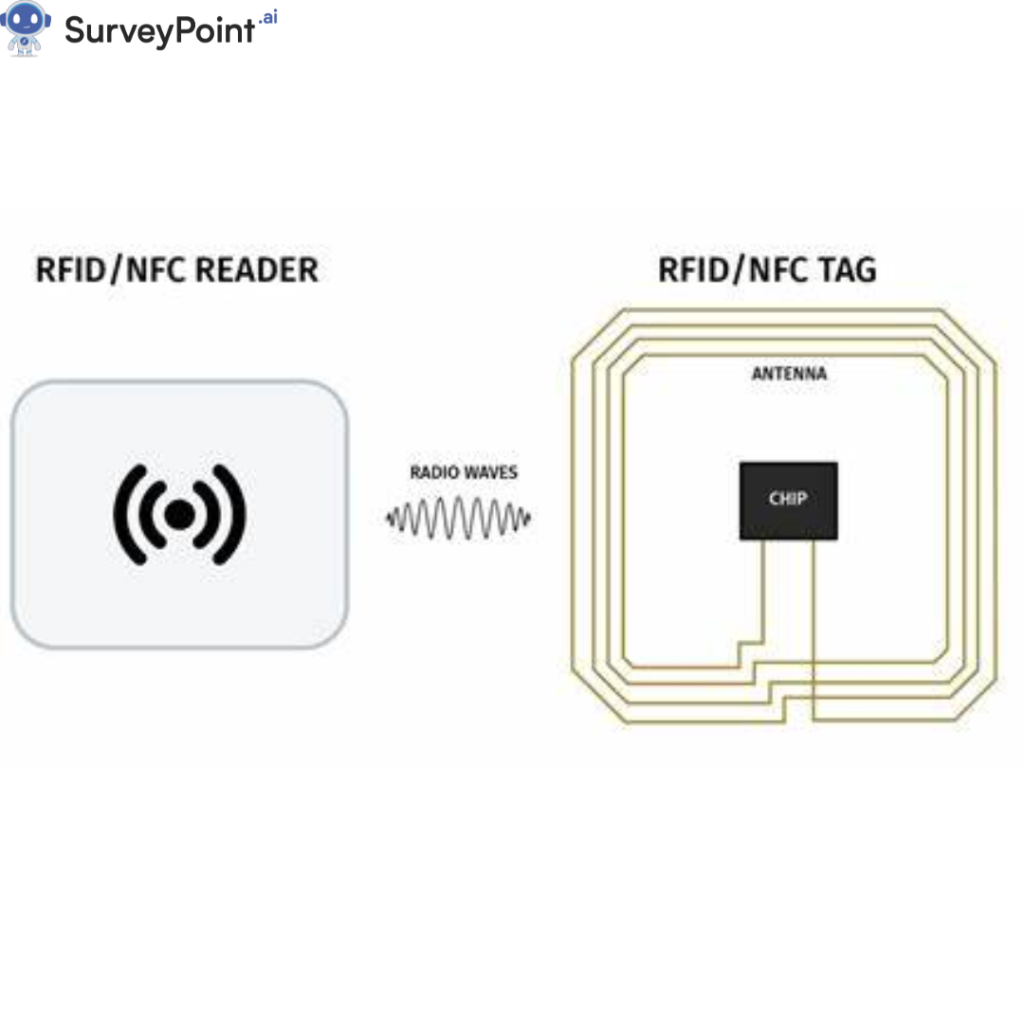
In surveys, it should be as important to ask race-ethnicity survey questions as it is to ask about things like age and location. If you want to offer something to a potential customer, you need to know a lot about them. With this information, you can learn more about the people you want to reach and meet their needs.
Even though it’s common for surveys to put race and ethnicity options on forms, it’s still best to be careful.
This post will explain words like “ethnicity” and “race” so that you can better understand the questions and answers on ethnicity. Learn the benefits of asking about race ethnicity survey questions, why it’s helpful, and how to answer ethnicity questions more effectively.
Let’s start with a definition of race-ethnicity survey questions.
What do Ethnicity Survey Questions mean?
Ethnicity survey questions ask about a respondent’s shared ancestry or heritage in terms of language, history, culture, or nationality. It’s a social class that a person is born into and is expected to keep up with because of how they were raised. The researcher can cross-tabulate and compare the categories to see how the answers vary and determine if respondents’ ethnicity affects their decisions.
Ethnicity questions are a common type of demographic survey question used to find out more about what might have influenced a respondent’s answer and to draw conclusions about those factors. Questions and answers on ethnicity are essential in both the social sciences and the business world.
Inclusive race and ethnicity categories in a survey can help researchers determine how to set prices and discounts for certain groups. People from different countries have very different interests and different amounts of money to spend. In today’s digital economy, it is important to know your target market to analyze the results well and make sound strategic decisions.
Suppose your survey to find out what the public thinks about different media outlets, for example. In that case, you might get different answers from Native Americans who grew up in an urban or rural society. So, suppose you want to do good research that includes people from all your target ethnic groups. In that case, it is essential to have an ethnicity question in surveys like those about media accountability.
Types of Surveys Where Race and Ethnicity Survey Questions Options on Forms are Especially Helpful:
Researchers in the public and private sectors can find helpful information about their target audience by asking questions in surveys about demographic factors like race and ethnicity. You can use the fact that a respondent’s race or ethnicity may affect their answer choice to your advantage by splitting the audience into smaller groups. Here are a few examples of survey types where ethnicity survey question options are required.
- Market Research Survey
- Research in schools
- Business Research
- Health-care
- Education
- Groups on the local and religious level
- Projects for charity
Differentiating Between Race and Ethnicity Survey Questions
Most of us tend to mix ethnicity and race, which is why few people can clearly explain the difference between the two. They have many things in common, but each one is also different. Even though it’s okay to call a Caucasian “white,” that label doesn’t tell the whole story about his race. No matter where he comes from in the Anglosphere, all he needs to be is white. Ethnicity is rooted in a people’s history and cultural practices.
The focus here is on understanding and appreciating the traditions and ideas of one’s own culture. You also have a lot of freedom regarding your ethnicity because it’s easy to adopt a different race than your own. You can move to a new place, learn about the culture, and even take on some of the beliefs of that place. Race makes it impossible for something like that to happen.
- Your natural traits and your biological makeup determine your race.
- Some ways to tell someone apart are their hair color, eye color, skin color, hair color, etc. It’s something that comes naturally and can’t be changed.
- Having an ethnic background means taking on habits that individuals in different parts of the world do.
- When we talk about a person’s race, we mean their ancestry, not how they were raised or what they do now.
- The freedom of ethnicity means that you can accept or reject your race or even change it based on your beliefs.
- Racial traits are fixed and can’t be changed because they are based on innate characteristics.
Various Methods to Use Race Ethnicity Survey Questions
When doing a survey, the researcher must divide questions about race and ethnicity into different parts. Asking people about their race and ethnicity is an excellent way to learn about their race and ethnicity.
Here are some race survey question examples from different kinds of surveys.
Method 1:
Ques- Do you think of yourself as Latino, Spanish, or Hispanic?
- Yes
- No
Ques- How would you best describe yourself?
- Native American or Alaskan
- Asian
- African American or Black
- Native Hawaiian or from the Pacific
- White
Because people may say they belong to more than one race, checkbox questions may be the best way for researchers to get information. By asking the question above, researchers can better generalize answers from a large group of different people. But if the researcher wants more details, they can ask the following question.
Method 2:
Ques- Do you think of yourself as Hispanic, Latino, or Spanish?
- No, not Hispanic, Latino, or Spanish.
- Yes, Mexican, Mexican American, and Chicano
- Yes, Puerto Rican
- Yes, Cuban
- Yes, if you are Hispanic, Latino, or Spanish (Please specify)
Ques- How would you describe yourself?
- White
- African American, Black
- American Indian or Alaskan (Please specify tribe)
- Indian and Afro-Asian
- Japanese
- Hawaiian
- Chinese
- Korean
- Filipino
- Vietnamese
- Samoan
- Different Asian (Please specify)
- Someone Else from the Pacific (Please specify)
- Other race (Please specify)
When a researcher asks a question like this, they can find specific and valuable information about the respondent. Also, letting people use free-form text in the open-ended response box will make it easier for them to say what their actual race or ethnicity is.
Method 3:
Ques- Which of these three words, Hispanic, Latino, or Spanish, best describes your family history?
- Yes
- No
- Other (Please tell us what) (Please specify)
- I’d rather not say
Ques- How would you describe yourself?
- Native American or Alaskan
- Asian
- African American or Black
- Native Hawaiian or from the Pacific
- White
- Other (Please tell us what) (Please specify)
- I’d rather not say
Even though some survey takers might find questions about race and ethnicity intrusive, survey designers are becoming more and more likely to ask them. If respondents know they can skip the question, they are more comfortable answering it. Also, an open-ended response option gives the impression that it covers everything and makes it impossible to offend anyone. What you want to do with the information you gather will determine how you ask the question.
Race Ethnicity Categories Best Practices
- Follow the guidelines mentioned.
If you want to use your survey results, you should only ask about race or ethnicity.
- Explain to the end user the “why” and “how.”
Include a short explanation of the purpose, how the data from race and ethnicity survey questions will be used, and how it will be kept safe.
- Use only checkboxes to show an answer, and let people choose more than one.
Don’t use radio buttons because they only let people pick one option. They may feel that that option doesn’t show who they are.
- Add an “Other” space to your survey to make it more inclusive.
Even though the word “othering” sounds bad, it can be used as a good answer in a survey. You can also say “Not on the list” or “Not included.”
People with a mixed racial or ethnic background can choose “Other” if none of the other choices fit their situation.
- Make every question about race and ethnicity optional.
Since ethnicity and race are essential parts of a person’s identity, people should be able to choose not to answer these questions.
Conclusion
You may learn a lot about a target audience’s history and personality by looking at their race and ethnicity. Ethnicity and race are common topics in demographic surveys, but they should be taken care of. As a result, they require a polite tone while being asked.
Are you planning to conduct a survey? If yes, visit Survey Point for an interactive and efficient survey design.




